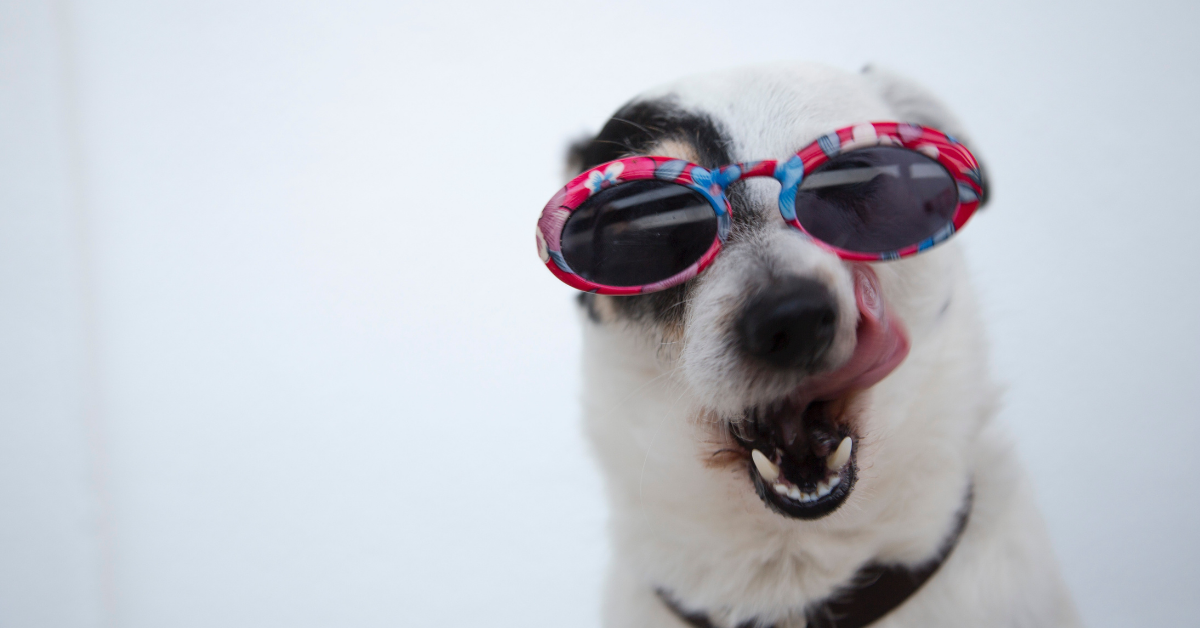
Perils of Flying with a Pet
Since the tragic events of 9/11, flying has becoming increasingly complicated with changing regulations and other new challenges. These complications multiply when trying to fly with pets. The Humane Society of the United States recommends against flying with pets unless necessary.
Since the tragic events of 9/11, flying has becoming increasingly complicated with changing regulations and other new challenges. These complications multiply when trying to fly with pets. The Humane Society of the United States recommends against flying with pets unless necessary. That said, flying remains an important means of transportation and, flying with pets is still necessary for many people. This article provides you with the information you need to know, if you must fly with your pet.
According to the FAA, each commercial carrier has their own rules regarding pets flying inside the cabin. Some don’t allow pets to travel in the cabin at all. Among those that do, most have restrictions on the types and sizes of pets (usually only small dogs and cats) allowed in the cabin with you. Other typical restrictions are: the pet must be in an FAA approved crate, which fits beneath the seat of the passenger flying with the pet; the pet is considered carry-on baggage; and the person flying with the pet can have only one other piece of carry-on luggage. Check with your airline or travel agent to learn the in-cabin pet policy on your flight. Disabled service animals aren’t pets and are exempt from all pet bans therefore, they must be allowed on any flight when accompanied by a disabled handler, even airlines that do not permit pets in the cabin.
Virtually all commercial air carriers within the US permit dogs and cats, that are “at least 8 weeks of age and fully weaned” and in FAA approved carriers, to ride in the cargo hold. This poses several dangers to your pet that can lead to death. Among the most dangerous of these conditions are hypoxia (lack of oxygen), hypothermia (loss of core body heat), hyperthermia (heat stroke) and asphyxia (suffocation). The next paragraph provides a number of ways to avoid these and other common dangers for pets flying in a cargo hold.
Always travel on the same flight as your pet and, if possible always fly on a direct, nonstop flight. Make sure to tell both the captain of the flight as well as the chief cabin officer (head flight attendant) as you board that you are flying with your pet. They can take special precautions such as pressurizing and air conditioning the hold. Consider temperature extremes when planning your trip. If flying in winter, fly during the day rather than at night when it is colder. If flying in summer, consider flying during the early morning and evening hours when it is cooler. Transport your pet in a well fitting crate, which is large enough that the pet can stand up and turn around but not so big that being bounced by turbulence will cause injury. Trim your pet’s nails and make sure they have a properly fitted collar, which will not catch on the carrier door or easily come off. Make sure both your pet’s collar and carrier have the pet’s name, your name, address and phone number affixed. Don’t medicate your pet for the flight. Don’t feed your pet for at least four hours before the flight. Finally, always remove your pet from their crate immediately after the flight and check them thoroughly for any injuries or health issues. If your pet does not appear in perfect health, take them to a vet immediately and make sure to get everything in writing. Commercial carriers are responsible for the safety of all their passengers, even animal passengers.
There are certain breeds of pets called “brachycephalic” animals or, those with short snouts and nasal passages such as pugs, Pekingese, bulldogs (most types) and Persian cats that should never fly in the cargo hold under any circumstances. These types of animals often have more difficulty breathing and regulating their body temperatures. Thus, the risks of serious health problems flying is magnified manifold.
While many consider it unsafe to fly with pets at all, it’s much safer to travel with a pet inside the passenger cabin than in the cargo hold of the airplane and, if you must travel with your pet this is the safest option. There is one other option, albeit an expensive one, for the traveler who just “must” travel with her pet. Charter airlines are usually willing to accommodate almost any customer request, for a fee.
To summarize, The Humane Society argues, and I agree that it is very dangerous to fly with a pet under any circumstances and even more so when the pet is transported in the hold. But, for those who must fly with their pets, this information should help them transport their pet more safely.






